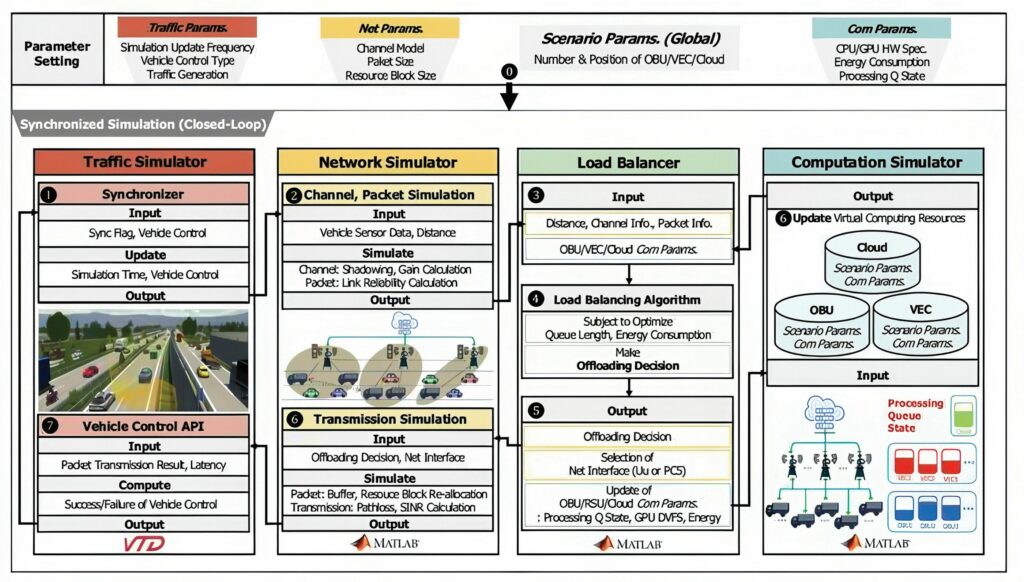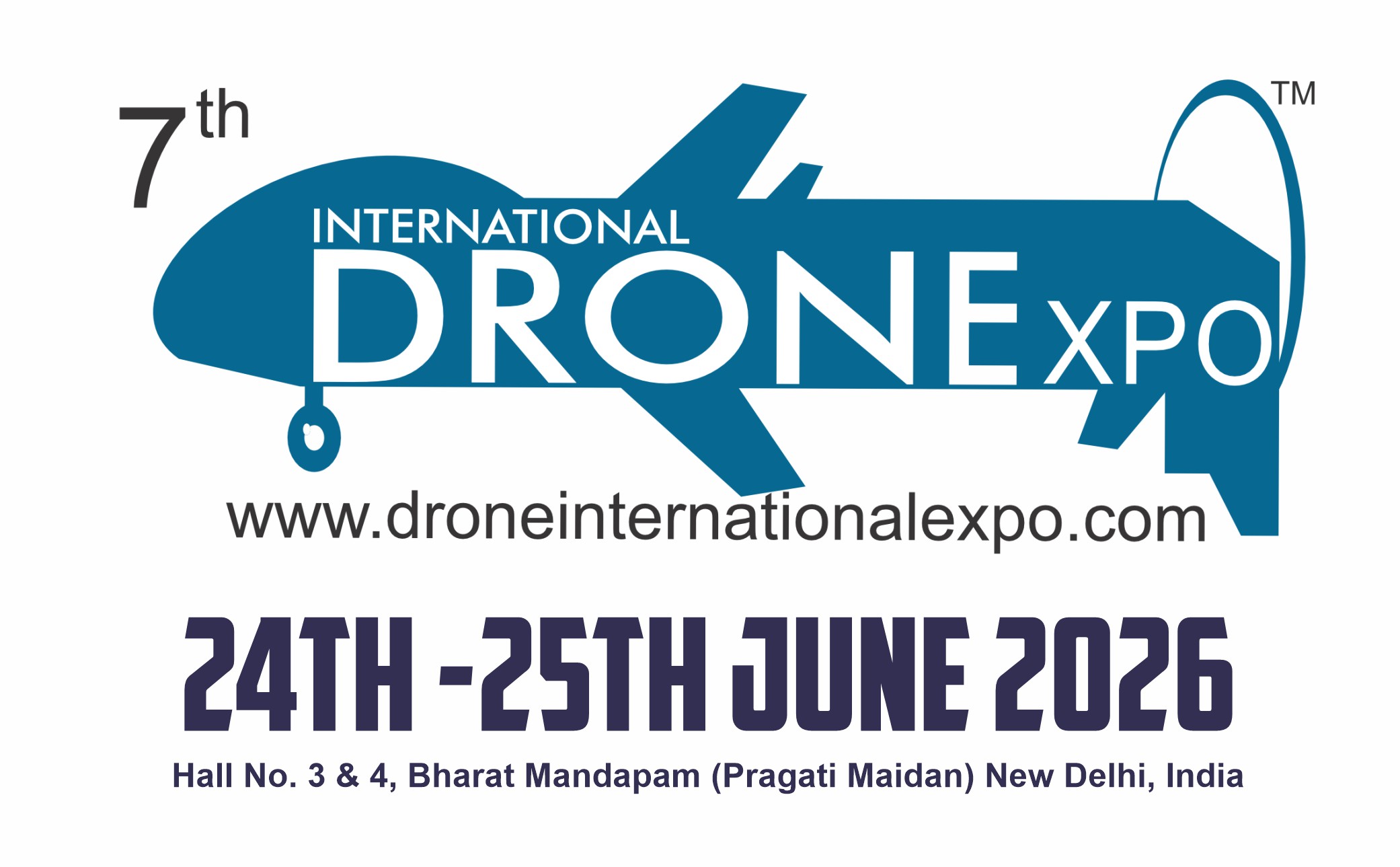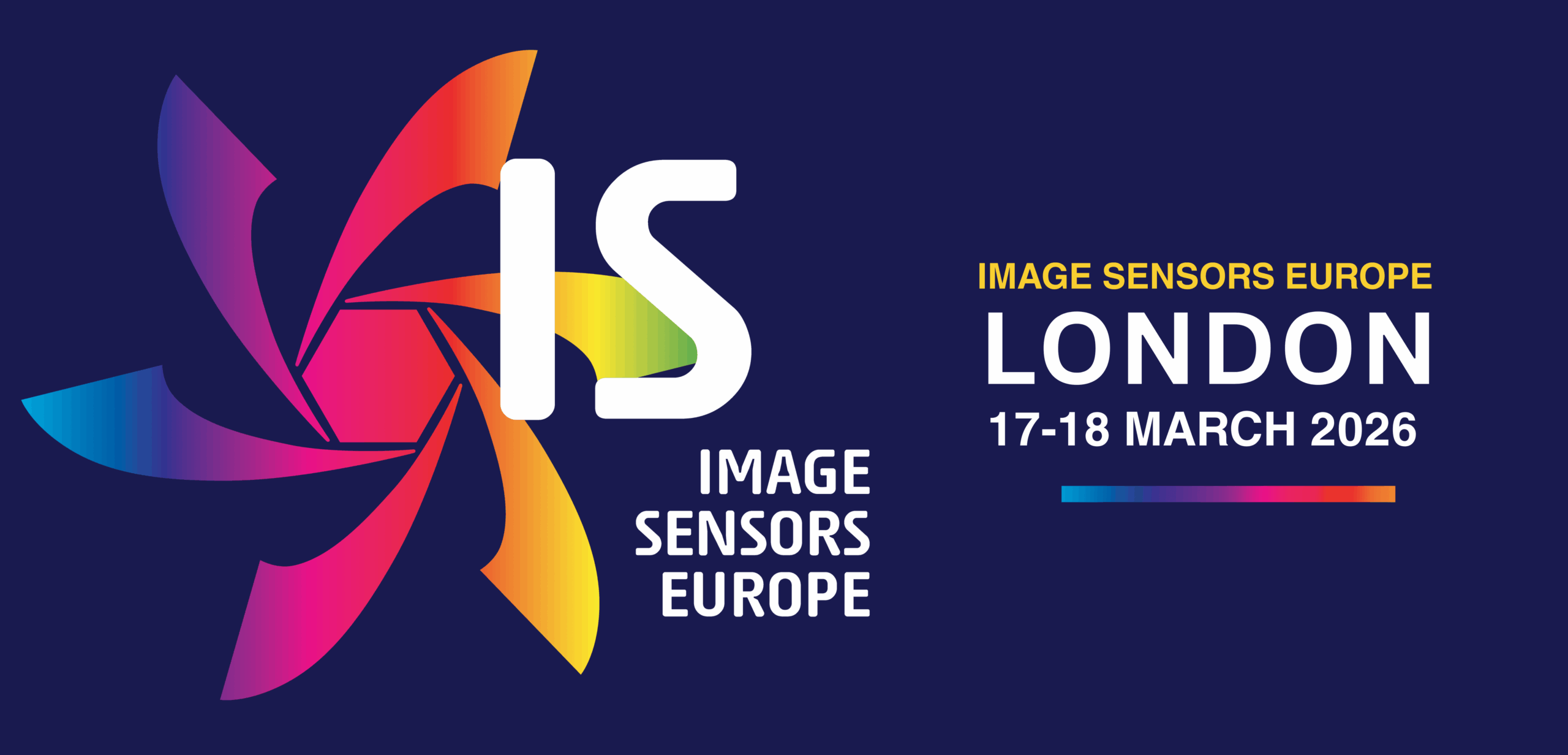6G load balancing for autonomous driving

(Image courtesy of DGIST)
A research group has developed a traffic management system for 6G networks that can be used for self-driving vehicles, writes Nick Flaherty.
The Integrated Network-Computing Load Balancing (INCL Balancing) simulator is optimised for next-generation 6G services, and is the first to integrate network and computational resources in an autonomous driving environment. This can markedly improve the safety, real-time control performance and energy efficiency of autonomous vehicles.
Autonomous vehicle systems typically process all sensor data inside the vehicle or offload some data to a vehicle processor. However, in situations with high data collection and processing volumes, bottlenecks in network and computing resources can occur in a complex manner, affecting the stability of autonomous driving.
To address this, a research group at DGIST worked with a team at Korea University to design a simulator framework that integrates computational and communications resources between the onboard unit in the vehicle, the central processor and the cloud server.
The INCL Balancing simulator combines an autonomous driving simulator based on real-world road scenarios and a MATLAB-based network computing simulator. This enables real-time control by comprehensively considering network quality, computing resource status, and energy consumption based on changes in time and space.
The system was tested with eight scenarios reflecting real-world road conditions in Cheongna District in Incheon.
The team designed a load optimisation algorithm that considers the reliability of the vehicle-to-vehicle communications link in terms of the packet delivery ratio, processing delay and energy consumption.
Simulation results showed an average energy saving of 21.7% compared with a simple offloading method, and a 73.3% improvement in throughput rate compared with existing algorithms.
“This research is significant because it enables precise simulation-based analysis of the balance between latency, energy efficiency and safety in an autonomous driving environment where communication and computational resources fluctuate in real time,” said Prof Choi Ji-woong of DGIST. “It is expected to be widely applied to various 6G-based application services, and utilised by autonomous driving operators, vehicle cloud platforms and mobile communication operators.”
UPCOMING EVENTS























